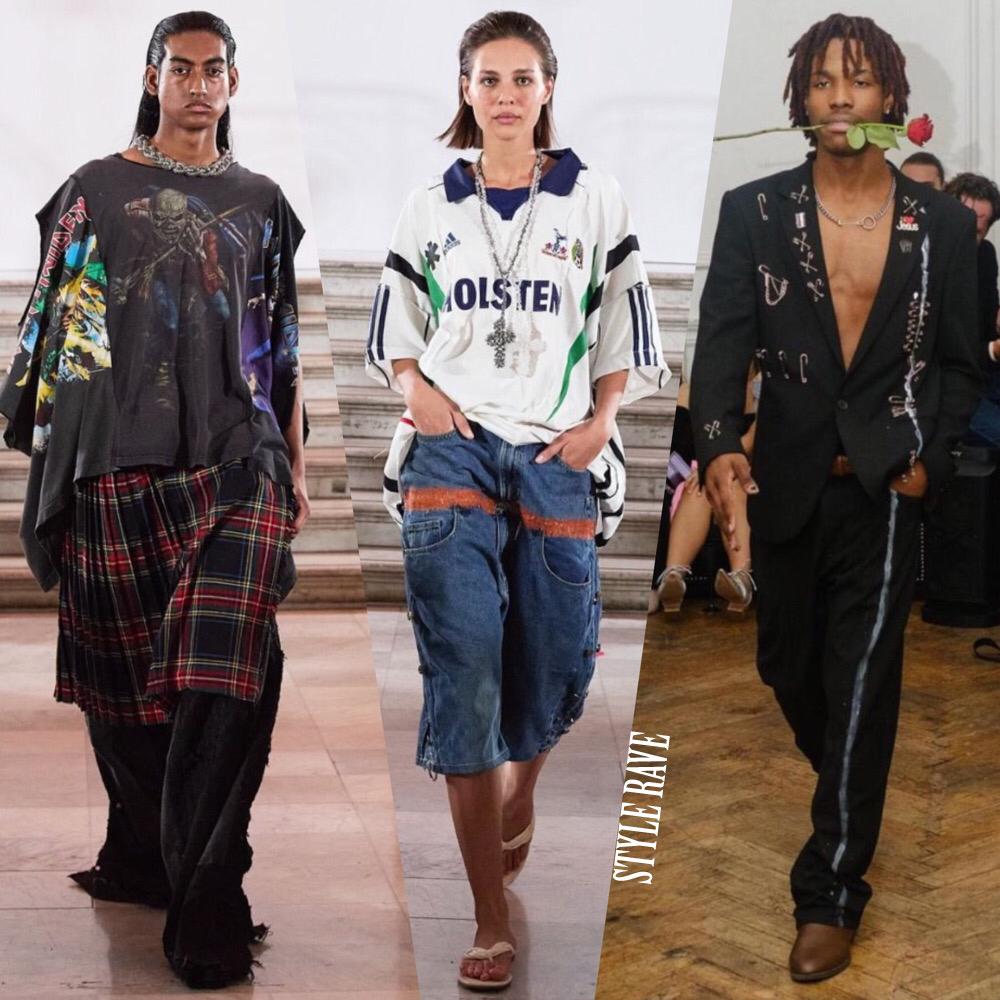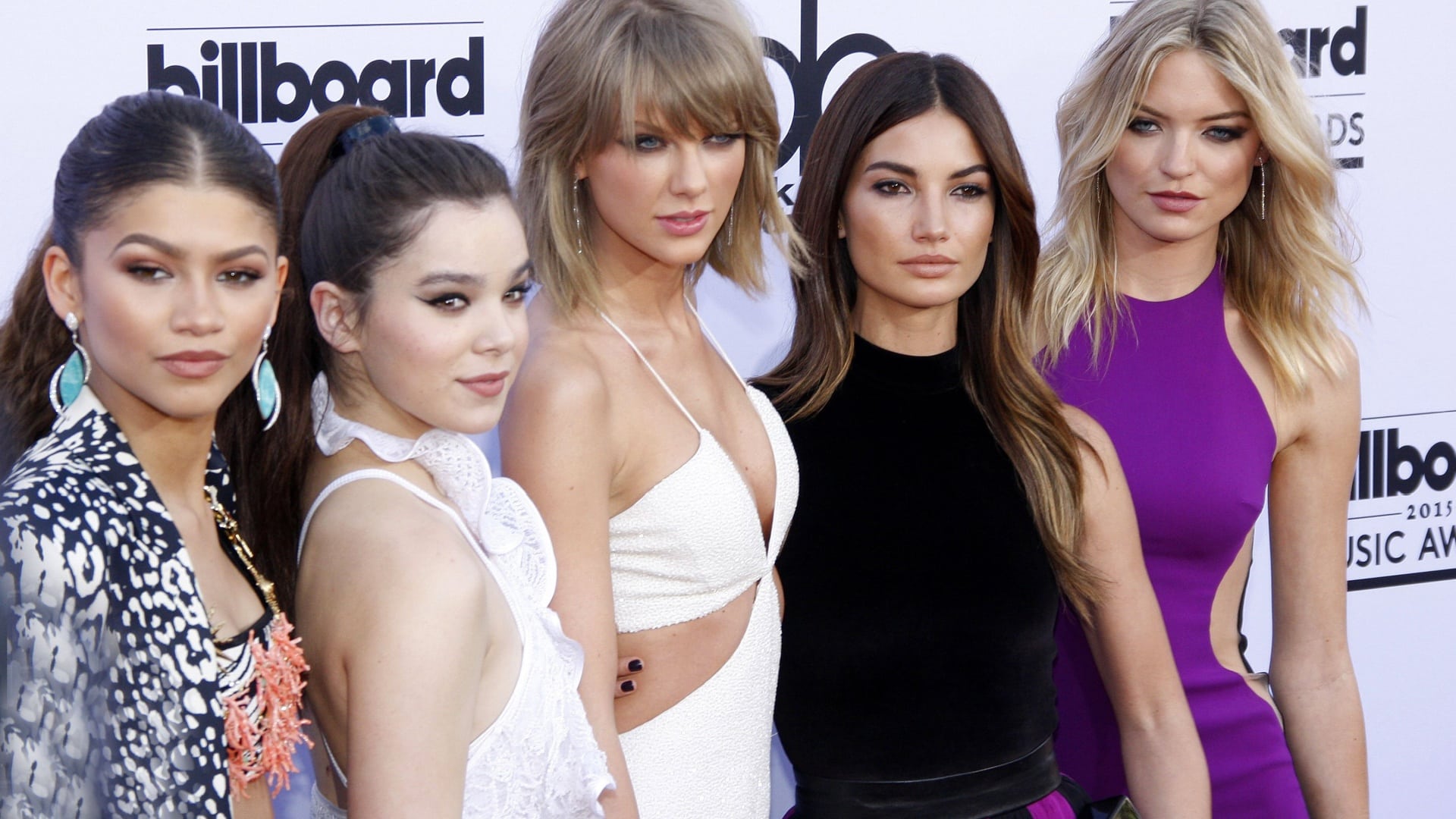Meta’s VR avatars are getting a new look, and they’re starting to take on a very familiar feel for gamers.
Unveiled as part of its Connect conference announcements, Meta has displayed a new format for its in-platform depictions, which it eventually envisions as how we’ll connect and engage in the metaverse.

As you can see in this image, the new avatars have more customizable elements, which will enable users to create more accurate depictions of themselves.
The updated avatar creation flow will offer a lot more personalization options, including AI generated clothing and customization options.

The expanded elements will facilitate more inclusivity, while also providing more ways for people to build a character that truly feels like a digital version of themselves.
As noted by UploadVR, Meta actually announced these updated avatars at its Connect conference back in 2022, but its refocus on AI, and other developmental concerns, seem to have delayed the launch.
But soon, you’ll have more ways to customize and personalize your VR depiction, while you’ll also get the opportunity to use all new types of avatar options, so you can dress your character up as a monster or an animal, or fit them with futuristic armor.

Which is very reminiscent of Fortnite, and I suspect that it, and other first-person games, is the inspiration for this update, which will also extend to themed avatars to tie in with events.
As per UploadVR:
“And at some point, you’ll be able to unlock themed avatars such as Captain America from Captain America: Brave New World and Doja Cat’s 2023 Paris Fashion Week look by going to experiences in Horizon Worlds.”
Meta’s always been working towards this, with characters depicting humans in these virtual, immersive worlds. But it’s interesting to note the vision here, in terms of adapting current young user behaviors in line with the development of its VR experiences.
As noted, kids are already used to engaging as their favorite characters in game worlds, which is a common, accepted social norm within these environments. And by the time the metaverse becomes a real consideration, those kids will be at the age where this type of connection can viably move into the mainstream, and as such, providing similar characters and creation tools as are available in games makes a lot of sense.
Meta’s also still developing its ultra-realistic Codec avatars as another consideration, but the expectation is that more people will want to build their own virtual depictions, in various forms, that they can then use to explore and engage in VR worlds.
These new avatars are another step towards that, and they definitely align with evolving video game character creation tools.
Meta’s updated VR avatars will be launched next week.












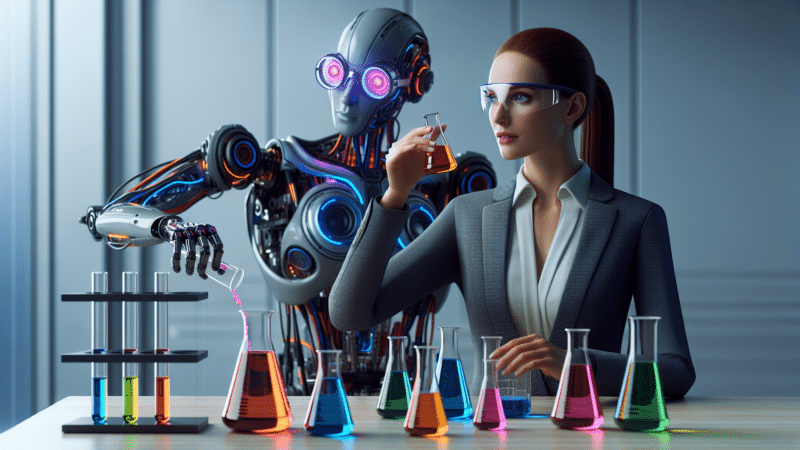













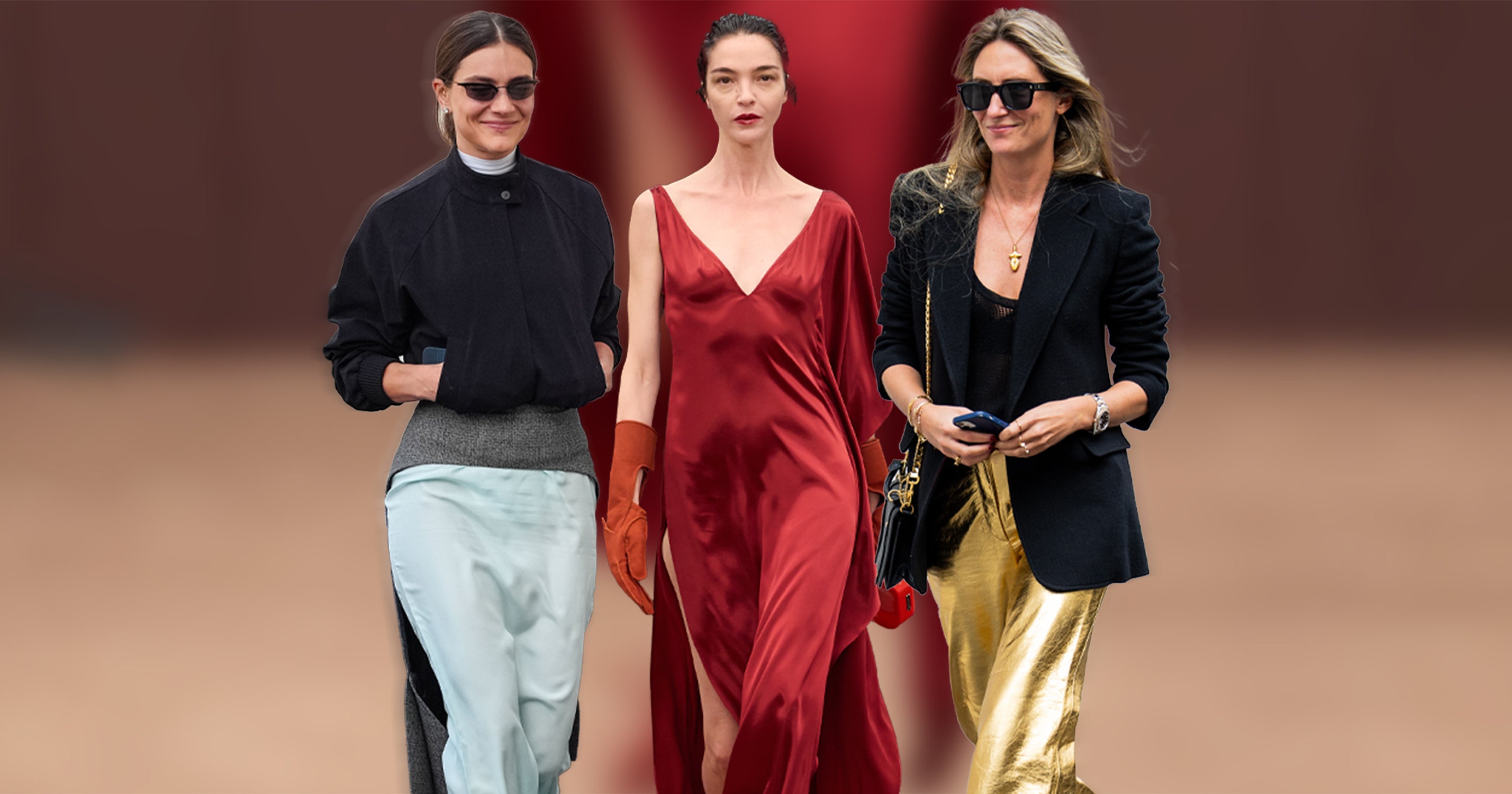
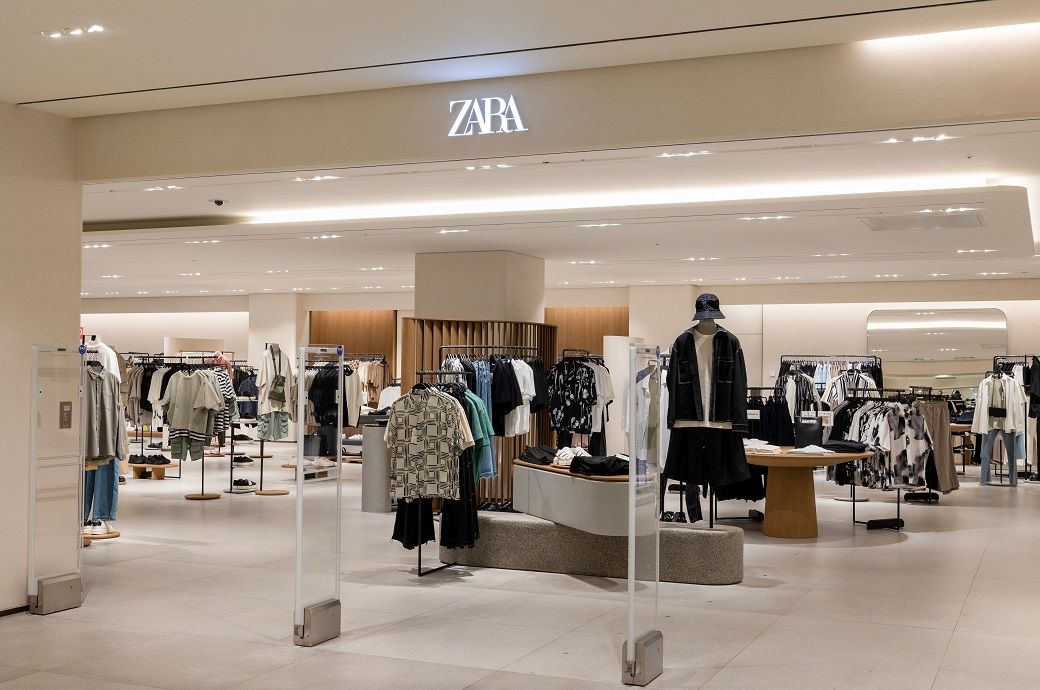

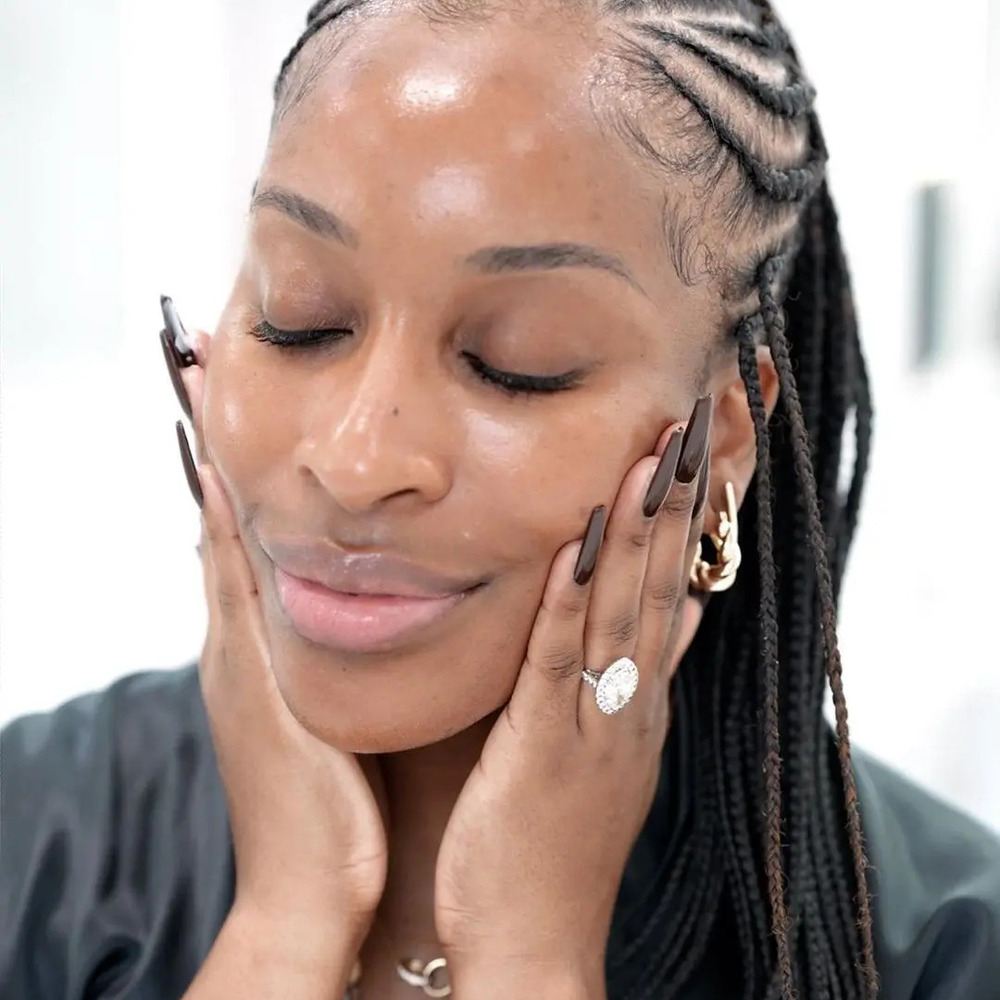







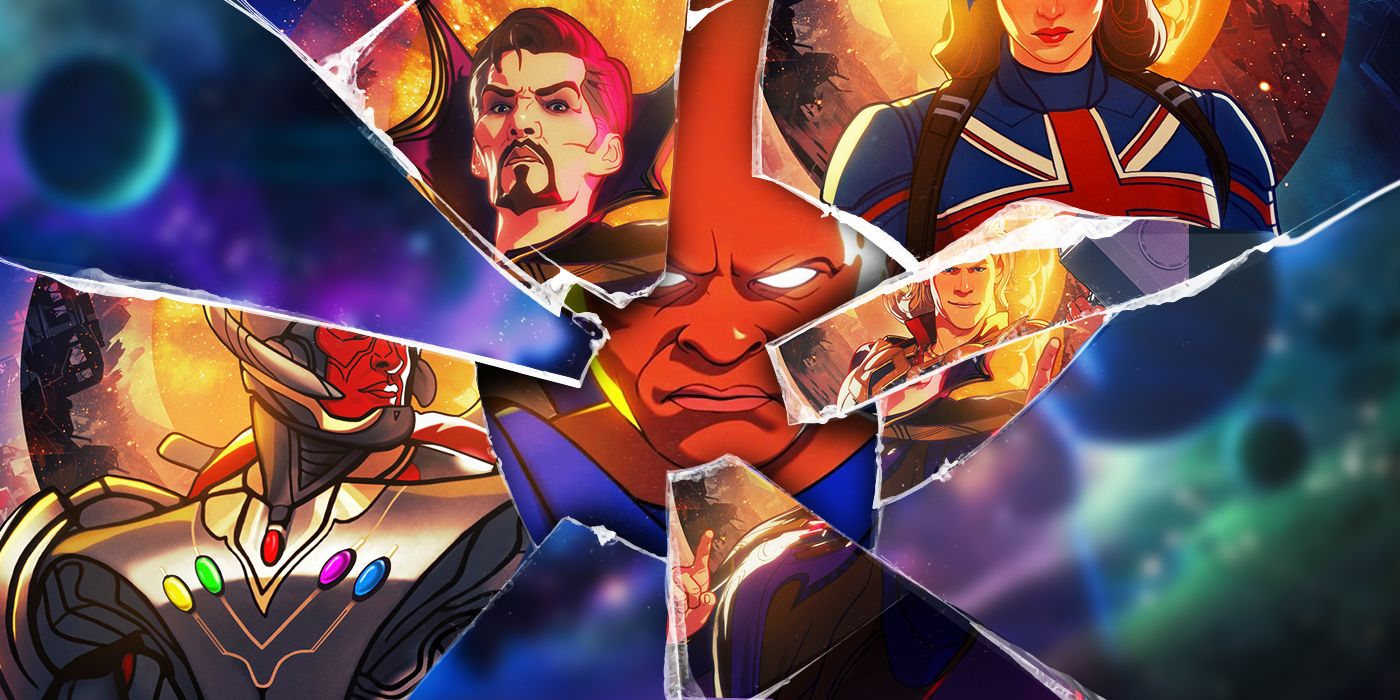
















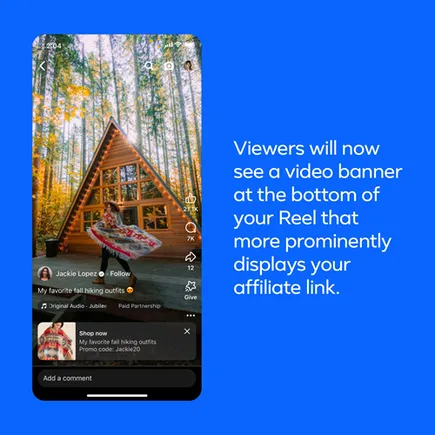

![Social Media Ad Spend by Platform [Infographic] Social Media Ad Spend by Platform [Infographic]](https://imgproxy.divecdn.com/fFyzSSAT7wH3XZmR-_UrPekb785HJmuBOImrd_p4QWI/g:ce/rs:fit:770:435/Z3M6Ly9kaXZlc2l0ZS1zdG9yYWdlL2RpdmVpbWFnZS9kaWdpdGFsX2FkX3NwZW5kX3Zpc3VhbGl6YXRpb24yLnBuZw==.webp)





